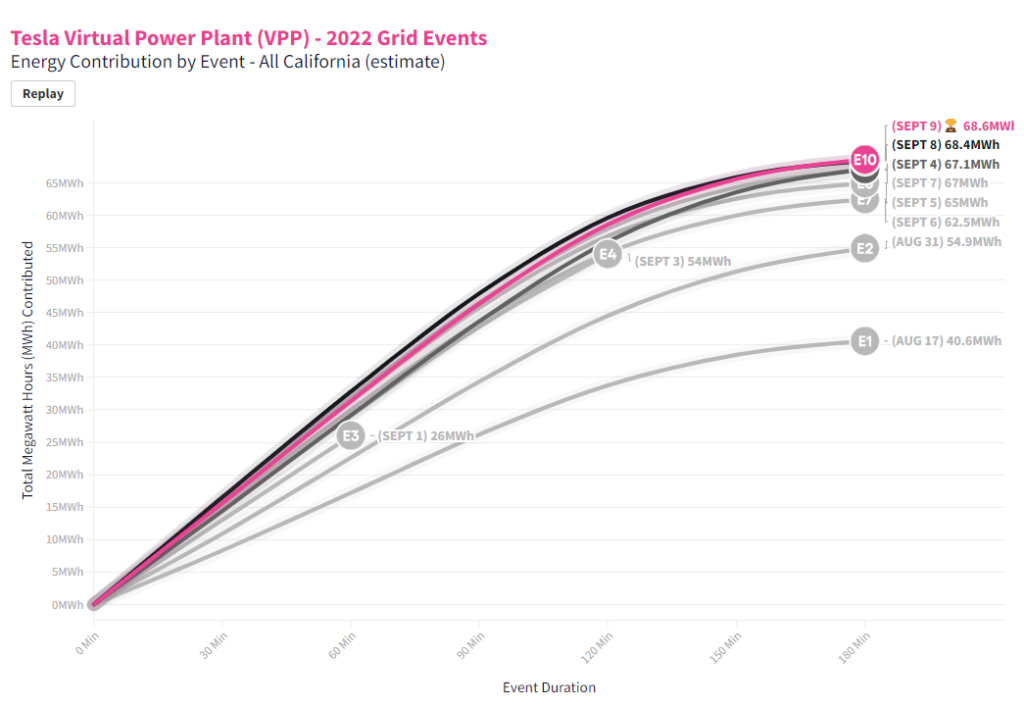04 May 2023 | Climate Tech
The public sector gets punitive (& other climate tech news)
By
#1 The public sector gets punitive
The ‘what’
Last year was the year of public spending and stimulus for climate tech. As I wrote in November:
Perhaps most important was the passage of the Inflation Reduction Act, a $369B spending bill for energy [and] climate technologies…. Other bills, like the CHIPS Act, as well as $54B in spending on climate tech and environmental measures from California’s state legislature, carried total spending figures much higher.
This year? The policy push in the U.S. is more ‘punitive.’ We’re seeing a lot more of the ‘stick’ on the ‘stick vs. carrot’ continuum:
- California aims to ban new sales of diesel buses and trucks by 2036 and to phase-out older, less efficient diesel locomotive engines by 2030.
- New York state will ban gas appliances in new buildings, beginning in 2026 for small buildings (<7 stories) and 2029 for larger buildings.
- The EPA proposed new limits on tailpipe emissions for trucks, vans, and buses at the national level. Cars made from 2027 through 2032 will also face new emissions regulations that will boost EV sales.
- As early as this week, the EPA is expected to unveil a new rule that will target deep reductions in emissions from power plants. If passed, the rule(s) will likely supercharge the carbon capture industry, as coal and natural gas plants will need to capture emissions to stay compliant.

The ‘so what?’
Private and public sector investment alone won’t be enough to redesign the fabric of society so it isn’t entirely fossil-fuel dependent. A combination of sticks and carrots is necessary.
It’s nice to see that combination coming together in the U.S. Now we get to see a) how it goes, b) whether it inspires other countries, and c) whether the stick-carrot-salad can survive our four-year political cycle.
#2 Duck hunting
The ‘what’
The concept of a ‘duck curve’ has long been used to describe the ‘net load’ in markets where solar resources generate ample power during the day (when power demand is also lower) but taper off during the evening, leaving peaks in demand on either side of an afternoon gap.
Now, as rooftop solar penetration rates take off, the afternoon gap’s depth makes the graph look more canyon than duck-like. See California this month:

Power grids globally were built around predictable, always-on power generation resources like coal and nuclear plants and hydroelectric dams. Harmonizing these with variable energy generation (e.g., from solar) is challenging for grid operators and can physically wear down grid infrastructure.
An abundance of solar power during the day also does little to reduce emissions. Natural gas use in CA of late is higher, not lower.
Elsewhere, in China, where rooftop solar is also booming, regulators in the Shandong province will now allow power prices to flip negative. Negative prices are a disincentive for power production during parts of the day when rooftop solar generation could otherwise overwhelm the grid (and are already allowed in places like California).
The ‘so what?’
California has enough renewable energy to meet most of its grid’s power needs during the day on many days now. Meeting power demand the rest of the time is the next (bigger) challenge.
Against that backdrop, and absent energy storage, higher rates of rooftop solar penetration offer diminishing ‘returns on decarbonization.’ Said differently, if they aren’t paired with batteries, solar panels in California are perhaps more ‘suburban self-congratulation’ than large-scale climate solution.
The good news, as we’ll also see in the next section, is that energy storage is taking off too.
#3 Virtual power plants scale up
The ‘what’
Tesla’s virtual power plant in California now has more than 100 MWh of potential energy to provide back to the grid during grid ‘events’, i.e., times where power is in high demand.
Tesla’s virtual power plant is a coordinated network of individuals who own Tesla’s stationary battery, the Powerwall. Owners of Powerwalls charge them with their solar panels during the day and can then use that stored energy later in their own homes or contribute it back to the grid during grid events.
To determine when to provide power back to the grid, Tesla coordinates with utilities in advance on days where peak power demand is forecast to be high and the utility will pay Powerwall for providing power back to the grid.
The 100 MWh threshold means that the network of thousands of Powerwall’s could provide 100 MW back to the grid for one hour during any given grid event.
Rick Davis, who put me on to this news, tracks stats about Tesla’s virtual power plant in California here. Here’s a chart of the VPPs contributions to the grid during 2022 across 10 events:

The ‘so what?’
Virtual power plants are a hot topic and area of focus in climate tech. It’s cool to see some of them starting to come together, even if on a relatively small scale.
Rick told me that by the end of the year, it’s possible Tesla’s network of Powerwall owners will have contributed more than 1 GWhr back to the grid. That’s awesome.
It’s also half as much power as the twin reactors at Diablo Canyon can produce in one hour. So maybe California shouldn’t close that plant!